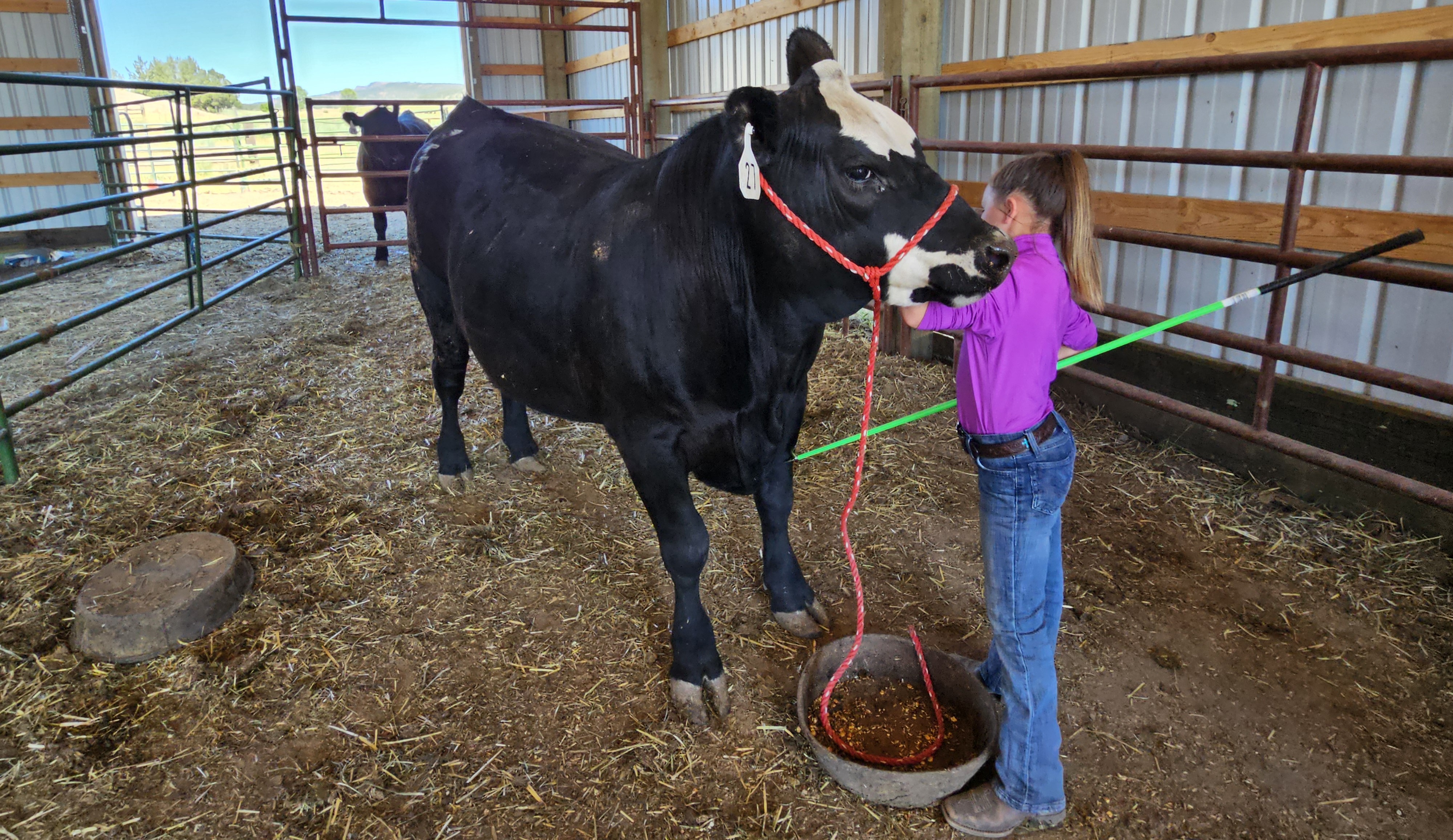Understanding The Buyer’s Perspective On Carbon Credits
Businesses increasingly want to offset their carbon footprint by turning to carbon offsets. Carbon offsets (or carbon credits) are units that represent one metric tonne of carbon that has been either removed or avoided through a carbon project. These companies turn to the voluntary carbon market, where they can choose from various project types and standards that certify them. Like any other investment, due diligence is at the forefront, and assurance that the credits purchased are indeed doing what they say is imperative.
Standards like Verra, Gold Standard, Climate Action Reserve (CAR), and American Carbon Registry (ACR), to name a few, work with an array of experts ranging from climate scientists to wildlife biologists to assure their methodologies and standards deliver the promised Emission Reductions and or Removals (ERRs) as well as additional co-benefits that address the United Nations Sustainable Development Goals (SDGs).
“The term ‘high-quality carbon credits’ implies that they originate from a quality third-party standard and are validated and verified by a third-party auditor.”
– Chris Daley, Agoro Carbon Alliance
Carbon Market Participation
Carbon Offsets:
Purchasing offsets certified by one of the standards above ensure that they come from a quality, science-based approach. Buyers turn to the carbon markets for a myriad of reasons. One thing that they all have in common is the desire for high-quality carbon offsets grounded in integrity. An assurance that the emission reduction and or removal that is happening to generate this credit is based on integral practices is crucial.
The term ‘high-quality carbon credits’ implies that they originate from a quality third-party standard and are validated and verified by a third-party auditor. You can expect the credits to be additional and impactful. The idea of additionality is simple; without finance of any kind, the proposed project activity wouldn’t happen on its own.
Additionality can be proven when the project developer demonstrates that the proposed project activity is out with the business as usual (BAU) scenario and would not occur in a standard business plan or through a government program. For a project to be registered under a third-party standard, rigorous additionality tests are required. These tests are audited by the third-party standard and another third-party independent Validation/Verification Body, or VVB.
Carbon projects can be found worldwide in large and small communities, from rural farming communities on the great plains of North America to thick jungles in the Congo River Basin. We owe it to the communities where these projects take place to be as integral and thorough as possible. Robust safeguards, peer reviewed science-based methodologies, and due diligence should be the minimum when developing a carbon project.
Methodologies like Verra’s VM0042- Methodology for Improved Agricultural Land Management are very elastic by design and, by being part of the Verra standard, are robust and scientifically backed. Verra now reviews each methodology every five years and invites the public to review their methodologies on a rolling basis for accuracy and robustness. Verra methodologies undergo rigorous third-party audits and expert reviews. The baseline and sequestration calculations are based on soil sampling, a form of ground truthing. The methodology allows models but only if an external expert has validated them and if they have been calibrated. The methodology heavily leans towards the use of robust, scientifically verified data.
Insetting:
Companies across the globe are making strides to lower their own emissions through “insetting.” Insetting is the process a company takes to reduce their own carbon emissions through efficiency switches and the implementation of sustainability practices. Oftentimes insetting can only go so far to reduce a companies carbon footprint. Companies who make claims of being “net zero” or “carbon neutral” often cannot inset their way to these goals and need to turn to carbon offsets to fill that void.
Now more than ever, investors value companies that make these claims, and will only invest in companies partaking in these practices. You’ll find that brands will highlight these initiatives as a way to market their products to a broader audience. Individual consumers are now given the option on some airlines to offset their flights, and through some couriers to offset the emissions associated with their purchase. Individuals also can purchase offsets through various retailers that either work with carbon project developers or individual projects.





